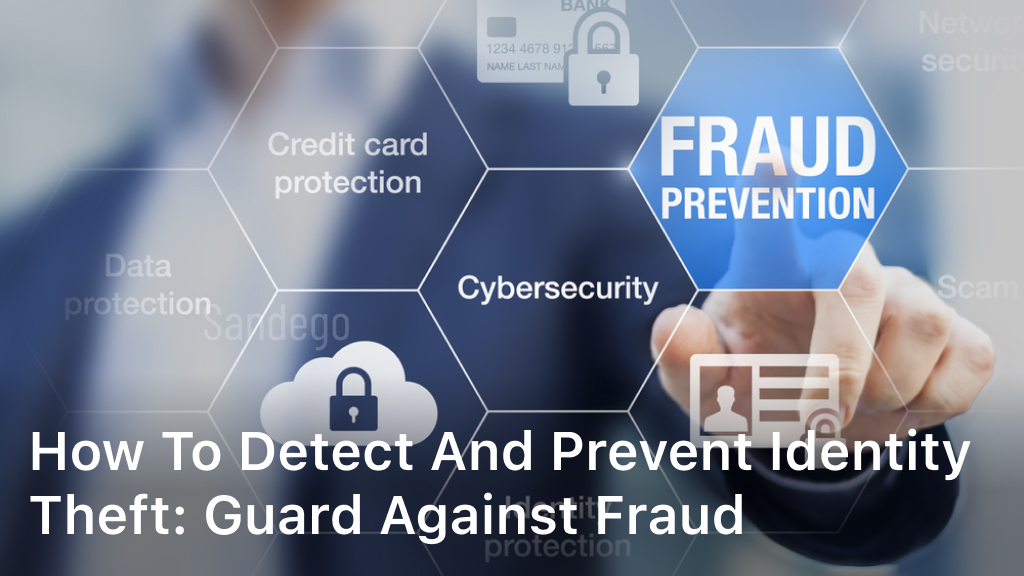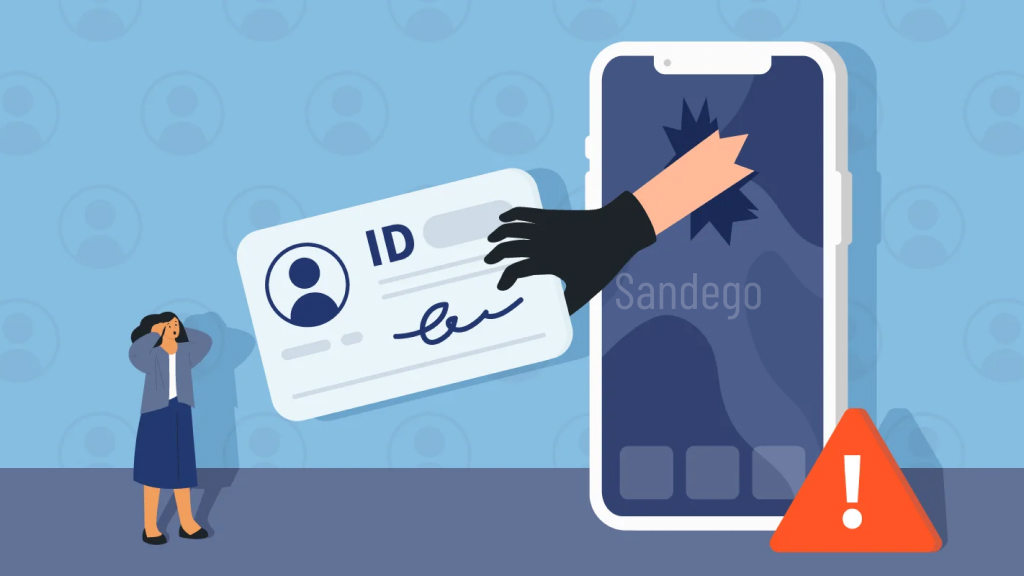Identity theft is a growing concern, as fraudsters continually develop new techniques to gain access to your personal information. If you’re not careful, you could become a victim of identity theft, which can have dire financial and personal consequences. In this section, we will explore practical strategies and measures to how to detect and prevent identity theft. By implementing these steps, you can effectively safeguard against identity theft and protect against identity theft.
Understanding Identity Theft and its Potential Impact
Identity theft is a term used to describe the criminal act of obtaining someone else’s personal or financial information without their authorization, typically for financial gain. Common methods employed by fraudsters include phishing scams, dumpster diving, skimming credit cards, and hacking into personal accounts.
The potential impact of identity theft can be devastating, ranging from financial loss to damage to personal reputation. In some cases, it can take years to restore your credit and financial health after an identity theft incident.
By understanding the various types of identity theft and the methods employed by fraudsters, you can better protect yourself from becoming a victim. In the next sections, we will discuss practical measures to prevent and detect identity theft, both online and offline.
Strengthening Your Online Security Measures
Protecting your personal information from digital theft is increasingly important in today’s world. Consider implementing the following steps to prevent identity theft and safeguard your online security:
- Create Strong Passwords: Using long, complex passwords that combine upper and lowercase letters, numbers, and symbols is a crucial step in preventing hackers from gaining access to your personal information. Make sure to use unique passwords for each account, especially for your email, bank, and other financial accounts.
- Use Multi-Factor Authentication: Two-factor or multi-factor authentication provides an additional layer of security that makes it much harder for hackers to gain access to your accounts. Consider enabling this feature on all of your accounts to further protect your sensitive information.
- Avoid Phishing Scams: Be wary of emails or messages that ask you to provide personal or financial information. Legitimate companies will never ask for this information via email or text message. Avoid clicking on links from suspicious emails or messages, and never download attachments from unknown senders.
- Secure Your Personal Devices: Your personal devices, including your phone, laptop, or tablet, can be a treasure trove of personal information for hackers. Make sure you have antivirus software installed and that your operating system and apps are kept up-to-date with the latest security patches. Avoid using public Wi-Fi networks for sensitive transactions, and always log out of accounts when finished.
By taking these prevent identity theft measures, you can significantly reduce the risk of becoming a victim of identity theft and ensure your online security.
Protecting Your Personal Information Offline
While online security is crucial, it’s important to remember that protecting your personal information offline is just as important. Here are some proactive steps you can take to prevent identity theft:
Be Cautious When Sharing Sensitive Information
Limit the amount of personal information you share with others. Only provide sensitive information like your social security number, driver’s license number or financial information to reputable entities like banks, government agencies or trustworthy businesses. Be wary of phone calls, emails or texts from unknown or suspicious sources asking for personal information and avoid sharing information on public Wi-Fi networks.
Secure Your Physical Documents
Store your personal information in a secure location in your home, like a locked safe or cabinet. When disposing of old documents that contain personal information, shred them before throwing them away. If you receive paper statements from financial institutions or other businesses, consider enrolling in electronic statements to reduce the presence of sensitive information in your physical mailbox.
Monitor Your Financial Statements and Credit Reports
Regularly monitor your bank statements, credit card statements and other financial accounts for suspicious activity. Check your credit report at least once per year from each of the three major credit bureaus. Look for unfamiliar accounts or inquiries that you didn’t initiate and report any suspicious activity to the appropriate authorities immediately. By keeping tabs on your personal information, you can detect identity theft early and take action before serious damage occurs.
Conclusion
Identity theft is a serious threat that can have detrimental effects on your financial and personal well-being. However, by taking the necessary steps to detect and prevent identity theft, you can reduce the risk of becoming a victim.
Throughout this article, we have explored practical strategies and measures to safeguard your personal information, both online and offline. It is important to remain vigilant and stay informed about the latest scams and security practices to effectively protect against identity theft.
Remember to regularly review your financial statements and credit reports to detect any suspicious activity early on. By implementing these prevention techniques, you can maintain your peace of mind and financial security.
Stay proactive and take control of your personal information. By doing so, you can effectively detect and prevent identity theft.
FAQ
How can I detect and prevent identity theft?
To detect and prevent identity theft, you can take several measures. Be cautious while sharing personal information online, use strong passwords and enable multi-factor authentication on your accounts. Avoid clicking on suspicious links or downloading attachments from unknown sources. Regularly monitor your financial statements and credit reports for any unauthorized activity. Finally, consider using identity theft protection services that can provide additional security measures.
What is identity theft and how can it impact me?
Identity theft refers to the unauthorized use of someone’s personal information for fraudulent purposes, such as accessing financial accounts, opening credit cards, or applying for loans in their name. It can have a significant impact on your financial well-being and personal life, leading to loss of funds, damaged credit, and even legal issues. It’s crucial to detect and prevent identity theft early to minimize its potential impact.
How can I strengthen my online security measures?
Strengthening your online security is essential in preventing identity theft. Always create strong, unique passwords for your online accounts and consider using a password manager to securely store them. Enable multi-factor authentication whenever possible, as it adds an extra layer of security to your accounts. Be cautious of phishing scams and avoid clicking on suspicious links or providing personal information to unsolicited requests. Regularly update your software and operating systems to keep them secure.
What steps can I take to protect my personal information offline?
Protecting your personal information offline is just as important as online security. Be cautious while sharing sensitive information, such as your social security number or bank account details, and only provide it to trusted sources. Safeguard physical documents containing personal information by keeping them in a secure location and shredding them before disposing of them. Regularly monitor your financial statements and credit reports to detect any unauthorized activity or signs of identity theft.
How can I effectively monitor and detect identity theft early?
To effectively monitor and detect identity theft early, regularly review your financial statements, bank accounts, and credit reports for any unusual activity or unfamiliar transactions. Set up alerts on your financial accounts to receive notifications of any suspicious activities. Consider using identity monitoring services that can help you keep an eye on your personal information and alert you to any potential signs of identity theft.







